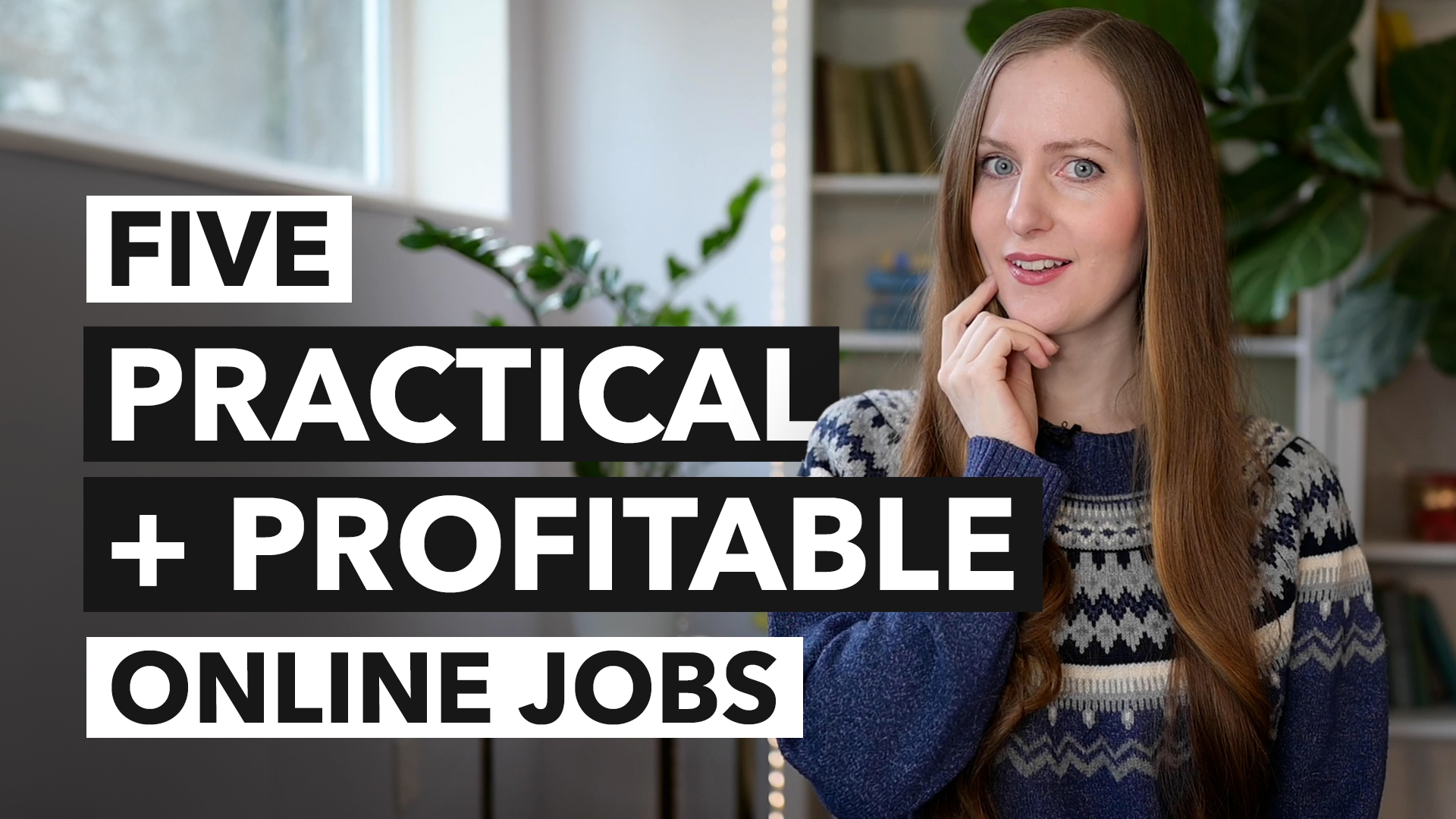Social Media Marketing Strategy: How to Grow Your Business with Social Media
With social media at an ever-climbing height of popularity, most businesses have jumped on the bandwagon. After all, what’s not to love about free marketing?
Social Media Marketing Strategy
It’s true: social media can be an incredibly effective way to grow your business! However, that doesn’t mean there’s nothing to lose. Specifically, unless you have a solid strategy, you might find your business wasting enormous amounts of time with little to no return.
That’s because, as with any marketing effort, you’re not going to see results unless you consistently reach the right people with the right message.
So what can you do to ensure that your social media is actually growing your business, and not just sucking resources? Simple — just craft a strategy based on the following principles, and then stick with it.
Social Media Marketing Principles
1. Get clear on who your audience is.
Before you even make your first tweet, it’s imperative that you know WHO you’re talking to. You can’t know what will resonate with “your audience” until you know who they are.
We’re not just talking demographics (30 year old male construction worker) here, but specific attributes, such as hobbies.
2. Figure out your audience’s pain points and passions.
Once you’ve determined who your audience is, now it’s time to get really gritty about what they are passionate about or passionately against. What drives your target client to take action?
On of the key factors of effective social media marketing is the ability to leverage the power of sharing. (After all, the viral nature of social media is one of its most powerful attributes.) But you won’t be able to put that “social” power to work unless you have a grasp on what motivates your audience to take action.
(Side note: Social media marketing is only “free” because instead of paying for people to promote you, you’re persuading them to do it for free. If your content isn’t good enough to motivate them to want to share it — for free — then they won’t.)
3. Write your manifesto.
It’s much easier to get people excited about a movement than it would be to get them excited about a business. So, what about your company will resonate with your target market? What do you believe in that they do to? What story are you telling that they will identify with?
Write a “manifesto” all about who you are and what you stand for. Include statements such as:
We believe…
We are committed to…
We want to live in a world where…
Write a few dozen statements that your audience will emotionally relate to. These statements will be the foundation of every piece of content you create.
4. Ensure that your visual branding complements your message.
Once you’ve figured out what the heart of your message is, you’ll want to take a quick look at your visual branding (colors, fonts, layouts, logo) and just make sure that there is cohesion between what people will see and what you want them to feel.
For example, if you sell a software that makes people’s lives easier/simpler, then you would want your branding to convey a feeling of simplicity and effortlessness. So if you review your branding and notice that it looks a bit dated or cluttered, then some adjustments might be beneficial.
5. Optimize your social media accounts on the main platforms.
It’s finally time to actually get on social media! But we still aren’t ready to post. 😉 At least not quite yet.
Before you start posting, you need to get your systems ready to make the most out of every little bit of interest that your channels will receive.
What do I mean by that? Well, let’s say that you *don’t* optimize your accounts. Someone might see a post you put on Instagram, and be interested in learning more about you/your business. But when they click over to your profile, if you’ve just got a selfie and the name of your business, then they probably won’t stick around. (And they certainly won’t convert into a customer.)
Instead, take the time to upload on-brand profile pictures and cover photos, write interesting + informative bios, and add relevant links that will help funnel people to your website or product pages.
6. Choose one platform as your primary channel, and 2 – 3 other platforms as support channels.
While it’s tempting to try to be everywhere, the reality is that it’s unlikely you’ll be able to have a big impact if you spread yourself so thin. It’s simply not as powerful to have 1000 followers each on Instagram, Twitter, Facebook, and Youtube as it would be to have 10,000 followers on any one platform.
Not only does a concentrated following give you greater authority, it’s also easier to get higher total numbers when you focus your efforts on just one platform.
Choose a primary platform that is preferred by both you and your customers. It’s important to be where your customers spend their time, but your preferences matter too — if you don’t enjoy the platform, then you won’t spend as much time there, and you won’t engage with your customers as much.
Once you’ve chosen a primary platform, choose two or three other platforms that will funnel more traffic to your support channel. You won’t spend as much time or energy on these platforms, but they can still work to get more attention for your business. (And, ultimately, more sales.)
7. Understand how social media fits into your company’s unique sales funnel.
A sales funnel (really, a marketing funnel), is the process your business uses to convert your potential market into paying customers. This usually involves first generating exposure, then developing a relationship and educating them, and finally promoting your products.
Where will social media fit into this process for your business? While you might do a mix, you’re more likely to see significant results if you focus on using social media primarily in one step of the funnel. Most commonly, businesses either use social media to create exposure or to educate their potential customers.
8. Plan a mix of entertaining, educational, and promotion posts. Focus on shareable content, and ensure that the content fulfills its correct place in the sales funnel.
As discussed above, the superpower of social media is its shareability. While you can reach a certain number of people through slow and steady growth (one follower at a time), your exposure (and following) can easily double or triple if your content goes viral.
How can you create viral content? Well, there’s no magic formula, but by consistently creating the type of content that your particular audience would be motivated to share, you’ll dramatically increase the chances.
In most niches, the most shareable content is relatable, entertaining, and often useful.
9. Batch create content.
Attempting to come up with original, interesting material on a daily basis is a time and energy suck, not to mention rarely strategic. Instead, schedule a block of time about once per month to create a whole bunch of content all at once.
The benefits of this are threefold. First, you’ll save a whole lot of time. Second, you’ll be able to follow a strategic plan. And third, creating content all at once will help it sound more cohesive, with a consistent tone and style.
10. Schedule posts.
To save even more time, don’t just create all your content at once, go a step further and schedule it all at once too! Social media management tools, such as Buffer, Hootsuite, Edgar, or Postcron all allow you to easily schedule out weeks of social media at a time.
11. Engage.
Finally, don’t forget to engage! While followers will occasionally click your promo links, few sales typically result when customers don’t feel a relationship with your brand. The easiest way to begin building that relationship is by replying to their comments on social media posts.
What’s more, engaging with your target market is a great way to learn more about them and what they are interested in. You’ll be able to answer their questions, find out what gets them excited, and discover what motivates them to take action (especially in regards to sharing content).
And finally, remember that social media platforms are built on complex algorithms. The platforms WANT users to stay engaged for as long as possible, so they want to show them content that is most likely to interest them.
Therefore, they design the algorithms to do just that: show the most interesting, engaging content. And obviously, they measure that based on how much engagement a post receives.
All that to say: If you want your content to have greater reach, then create engaging content and then continue to encourage engagement by replying to people’s comments.
How to develop a social media strategy?
While the principles of social media marketing are pretty simple, putting them all together into an effective marketing strategy can be a challenge.
If you want a little more help developing a results-oriented social media strategy, then you’ll find this free worksheet helpful:
On the worksheet, you’ll find thought-provoking questions to guide you through designing a social media strategy that is custom fit for your business.
Did you find this helpful? Please share it with your entrepreneurial friends!
Let me know in the comments section what your current social media strategy looks like, and what changes you’ll be implementing to make it more effective.
Interested in learning more about social media marketing? Subscribe to the blog so you never miss a post!
join 600+ entrepreneurs inside startup society!
Is it time to start creating visible growth in your business, but you're not sure how?
As a Startup Society member, you're shown exactly what to do to grow your business and HOW to do it. You get access to live networking and mastermind events as well as an online community with coach feedback and peer support. Click below to learn more about how to join the #1 online program for action-taking entrepreneurs today!





